Celtic Roots: Exploring the Ancient Traditions and Cultural Legacy
Advertisements
Ever wondered about Celtic roots and their enduring legacy? Explore ancient traditions, mythology, and cultural influences from Ireland to Brittany. Discover how Celtic roots shaped art, language, and festivals across Europe!
Table of Contents
Introduction to Celtic Heritage
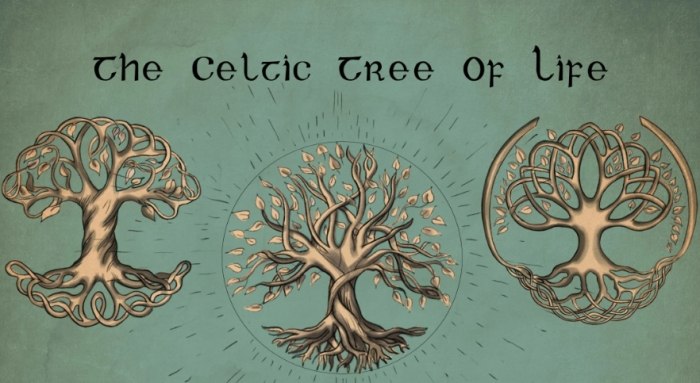
Defining the Celts: A Historical Overview
The Celts, a fascinating and ancient Indo-European people, have left an indelible mark on the cultural tapestry of Europe. From their mysterious origins to their vast territorial spread, the Celts were a dynamic and influential force that shaped the course of history in numerous ways. As a French local, I find it particularly intriguing to explore how the Celtic heritage has interwoven with the rich history of France, creating a unique blend of traditions, languages, and cultural practices.
The Celtic Influence in France
France, known for its diverse cultural heritage, has deep Celtic roots that are often overlooked. The ancient Gauls, a Celtic tribe, inhabited what is now modern-day France long before the Roman conquest. Their legacy can still be seen in place names, folklore, and even in the French language itself. This article will delve into the historical attempts to understand the Celts, the major events that shaped their history, the key figures who defined their identity, and the classic interpretations of Celtic culture.
Historical Attempts to Understand the Celts
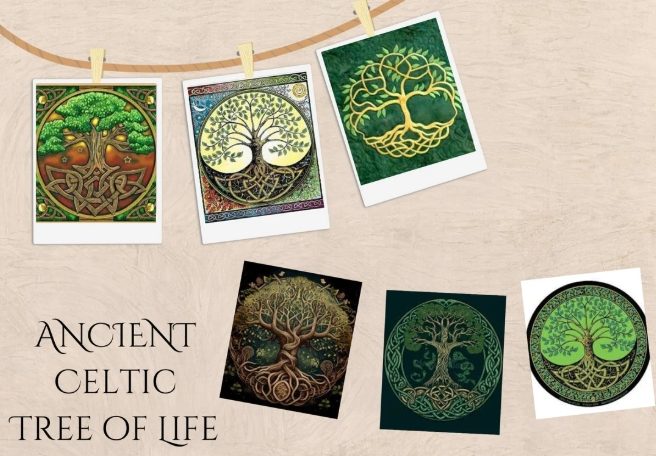
Archaeological Discoveries
Archaeology has played a crucial role in piecing together the puzzle of Celtic history. Excavations across Europe have unearthed a wealth of artifacts, from intricate jewelry and weapons to elaborate burial sites. These discoveries provide valuable insights into the daily lives, beliefs, and social structures of the Celts. For instance, the discovery of the Gundestrup Cauldron in Denmark, a masterpiece of Celtic art, offers a glimpse into the sophisticated craftsmanship and artistic sensibilities of the Celts.
Written Records: From Ancient Authors to Modern Historians
While the Celts themselves did not leave behind a written history, ancient authors such as Julius Caesar, Strabo, and Pliny the Elder provided detailed accounts of their encounters with the Celtic tribes. These records, though often biased and colored by the authors' own perspectives, offer valuable information about the Celts' military prowess, social organization, and cultural practices. Modern historians have built upon these accounts, combining them with archaeological evidence and linguistic studies to create a more comprehensive understanding of Celtic history.
Linguistic Studies: Tracing the Celtic Languages
Linguistic studies have also been instrumental in unraveling the Celtic roots. The Celtic languages, which include Irish, Scottish Gaelic, Welsh, Breton, and others, share common linguistic features that suggest a common ancestry. By analyzing these languages, linguists have been able to reconstruct aspects of the Proto-Celtic language and trace the migration patterns of the Celts across Europe. This linguistic evidence provides a crucial link between the ancient Celts and their modern-day descendants.
Major Events in Celtic History
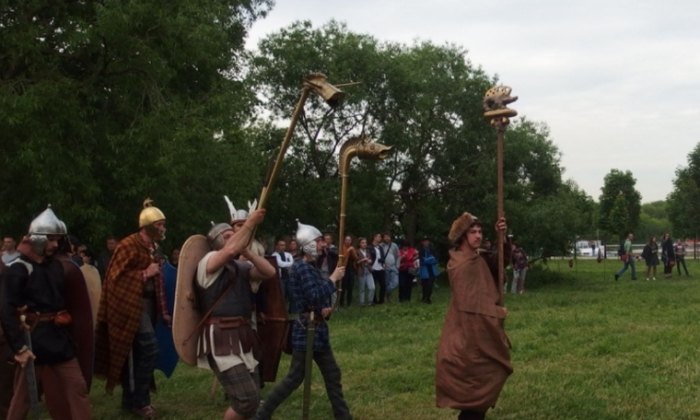
The Hallstatt and La Tène Cultures
The Hallstatt and La Tène cultures, which flourished in Central Europe during the Iron Age, are often associated with the Celts. The Hallstatt culture, named after the site in Austria where it was first identified, is characterized by its elaborate burial practices and the production of high-quality iron tools and weapons. The La Tène culture, which followed the Hallstatt, is known for its distinctive artistic style, featuring intricate designs and motifs inspired by nature. These cultures marked a period of significant cultural and technological development among the Celts.
The Celtic Expansion and Colonization
The Celts were not content to remain confined to their homelands. They embarked on a series of expansions and colonizations, spreading their influence across Europe. By the 4th century BCE, Celtic tribes had established settlements in what is now France, Spain, Portugal, Italy, and even as far as Asia Minor. This expansion was driven by a combination of factors, including population growth, economic opportunities, and the desire for new territories.
The Roman Conquest and Its Impact
The Roman conquest of Gaul (modern-day France) in the 1st century BCE marked a turning point in Celtic history. Julius Caesar's campaigns against the Gauls resulted in the subjugation of the Celtic tribes and the incorporation of Gaul into the Roman Empire. This conquest had a profound impact on Celtic society, leading to the spread of Roman culture, language, and institutions. However, the Celts did not disappear entirely; they assimilated elements of Roman culture while preserving aspects of their own identity.
The Celtic Revival and National Movements
In the 19th and 20th centuries, there was a resurgence of interest in Celtic culture, known as the Celtic Revival. This movement was fueled by a desire to reclaim and celebrate the Celtic heritage, which had been suppressed or marginalized over the centuries. National movements in Ireland, Scotland, Wales, and Brittany sought to revive the Celtic languages, traditions, and cultural practices. The Celtic Revival played a crucial role in shaping the modern identities of these nations and fostering a sense of cultural pride.
Key Figures in Celtic History
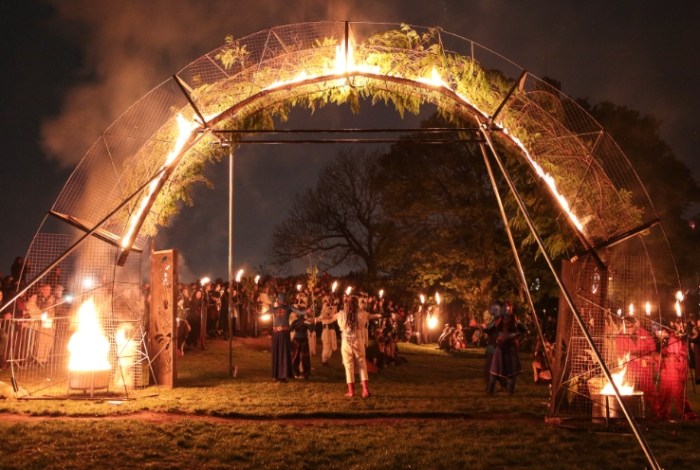
Vercingetorix: The Gallic Warrior-King
Vercingetorix, a Gallic chieftain, is perhaps the most famous figure in Celtic history. He led the resistance against Julius Caesar's Roman forces during the Gallic Wars (58-50 BCE). Vercingetorix's strategic acumen and leadership skills made him a formidable opponent, and his defeat at the Battle of Alesia in 52 BCE marked a significant turning point in the Roman conquest of Gaul. Despite his ultimate defeat, Vercingetorix became a symbol of Gallic resistance and a hero in French folklore.
Boudica: The Celtic Queen of the Iceni
Boudica, the queen of the Iceni tribe in what is now East Anglia, England, is another notable figure in Celtic history. In 60-61 CE, she led a rebellion against the Roman occupation of Britain, inspired by the mistreatment of her people and the death of her husband. Boudica's forces inflicted heavy losses on the Romans, sacking several cities before being ultimately defeated. Her rebellion, though short-lived, demonstrated the resilience and determination of the Celts in the face of Roman oppression.
Saint Patrick: The Apostle of Ireland
While not a traditional Celtic warrior or leader, Saint Patrick played a crucial role in shaping the cultural and religious landscape of Ireland. A 5th-century Christian missionary, Patrick is credited with converting the Irish to Christianity and establishing monastic communities across the island. His missionary work laid the foundation for the unique blend of Celtic and Christian traditions that characterize Irish culture to this day.
Merlin: The Enigmatic Wizard of Arthurian Legend
Merlin, the enigmatic wizard and advisor to King Arthur, is a figure deeply rooted in Celtic mythology and folklore. Though his historical existence is debated, Merlin's character embodies the mystical and magical aspects of Celtic culture. His stories, which have been passed down through generations, reflect the Celts' belief in the supernatural and their reverence for nature.
Classic Interpretations of Celtic Culture
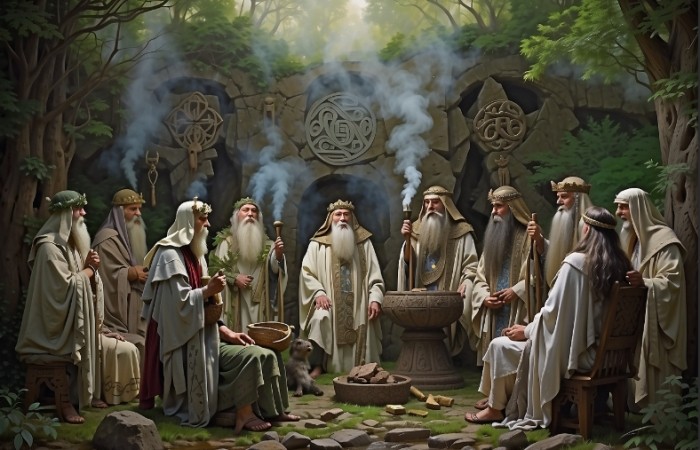
Celtic Art and Design
Celtic art is renowned for its intricate designs and motifs, often inspired by nature and the supernatural. The La Tène style, characterized by its flowing lines, spirals, and interlacing patterns, is perhaps the most famous example of Celtic art. This style can be seen in a wide range of artifacts, from jewelry and weapons to stone carvings and manuscripts. Celtic art reflects the Celts' appreciation for beauty, craftsmanship, and the interconnectedness of all things.
Celtic Music and Dance
Celtic music and dance are vibrant and dynamic expressions of Celtic culture. Traditional instruments such as the harp, fiddle, and bagpipes are used to create melodies that evoke the spirit of the Celts. Celtic dance, characterized by its lively rhythms and intricate footwork, is a celebration of life and community. Both music and dance play a crucial role in preserving and transmitting Celtic cultural heritage.
Celtic Mythology and Folklore
Celtic mythology and folklore are rich tapestries of stories, legends, and beliefs that reflect the Celts' worldview and values. These tales often feature gods, goddesses, heroes, and supernatural beings, and they explore themes such as the cycle of life and death, the power of nature, and the struggle between good and evil. Celtic mythology and folklore provide a window into the Celts' spiritual beliefs and their understanding of the world around them.
Celtic Festivals and Celebrations
Celtic festivals and celebrations are an integral part of Celtic culture. These events, often tied to the changing seasons and agricultural cycles, are a time for community gathering, feasting, and celebration. Examples include Samhain (Halloween), Beltane (May Day), and Lughnasadh (harvest festival). These festivals reflect the Celts' deep connection to nature and their appreciation for the cycles of life.
Time Axis of Celtic History
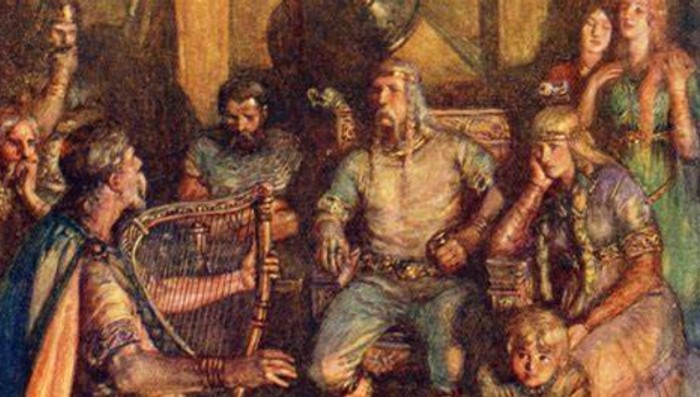
Pre-Roman Period (800 BCE - 58 BCE)
- Hallstatt Culture (800-450 BCE): Emergence of the Hallstatt culture in Central Europe, characterized by its elaborate burial practices and ironworking.
- La Tène Culture (450-50 BCE): Development of the La Tène culture, known for its distinctive artistic style and the spread of Celtic influence across Europe.
- Celtic Expansion (400-200 BCE): Celtic tribes expand their territories, establishing settlements in France, Spain, Portugal, and Italy.
Roman Period (58 BCE - 476 CE)
- Gallic Wars (58-50 BCE): Julius Caesar's campaigns against the Gauls result in the subjugation of the Celtic tribes and the incorporation of Gaul into the Roman Empire.
- Romanization of Gaul (1st-4th centuries CE): The spread of Roman culture, language, and institutions in Gaul, leading to the assimilation of Celtic elements.
- Celtic Resistance (1st-4th centuries CE): Sporadic uprisings and resistance movements against Roman rule, including the revolt led by Vercingetorix.
Post-Roman Period (476 CE - 1000 CE)
- Migration Period (4th-7th centuries CE): The fall of the Roman Empire and the subsequent migration of Germanic tribes into Gaul, leading to the establishment of new kingdoms.
- Celtic Survival in Brittany (5th-10th centuries CE): The survival of Celtic culture in Brittany, France, where the Breton language and traditions persist.
- Celtic Christianization (5th-10th centuries CE): The spread of Christianity among the Celts, led by missionaries such as Saint Patrick in Ireland.
Medieval and Modern Periods (1000 CE - Present)
- Celtic Revival (19th-20th centuries CE): A resurgence of interest in Celtic culture, leading to the revival of Celtic languages, traditions, and cultural practices.
- National Movements (19th-20th centuries CE): National movements in Ireland, Scotland, Wales, and Brittany seek to reclaim and celebrate the Celtic heritage.
- Modern Celtic Identity (21st century CE): The continued preservation and transmission of Celtic cultural heritage in the modern world.
Q&A: Addressing Common Questions about Celtic Roots
Where did the Celts originate from?
The exact origins of the Celts are a subject of ongoing debate among historians and archaeologists. However, it is generally believed that the Celts originated in Central Europe, specifically in the area that is now modern-day Austria, Germany, and the Czech Republic. From there, they spread across Europe, establishing settlements in France, Spain, Portugal, Italy, and even as far as Asia Minor. The migration patterns of the Celts are complex and multifaceted, influenced by factors such as population growth, economic opportunities, and the desire for new territories.
Is Celtic Irish or Scottish?
The Celts are not exclusively Irish or Scottish; they are a broader cultural and linguistic group that once inhabited a vast territory across Europe. While Ireland and Scotland are indeed home to significant Celtic populations and cultural heritage, the Celts also had a profound impact on other regions, including France, Spain, and Wales. The modern-day Celtic languages, such as Irish, Scottish Gaelic, Welsh, and Breton, are all part of the larger Celtic language family and reflect the shared cultural heritage of the Celts.
Does French have Celtic roots?
Yes, French does have Celtic roots. The ancient Gauls, a Celtic tribe, inhabited what is now modern-day France long before the Roman conquest. Their language, known as Gaulish, was a Celtic language that influenced the development of the French language. While the Roman conquest and subsequent Latinization of Gaul led to the dominance of Latin-based words and grammar in French, traces of the Celtic influence can still be found in the language. For example, some place names in France, such as Lyon (from the Celtic name Lugdunum) and Paris (from the Celtic name Lutetia), have Celtic origins. Additionally, certain words and expressions in French may have Celtic roots, though they are often difficult to identify due to the long history of linguistic evolution.
What country has the most Celtic DNA?
Determining which country has the most Celtic DNA is a complex task, as the concept of "Celtic DNA" is not straightforward. Genetic studies have shown that the modern populations of Ireland, Scotland, Wales, and Brittany have a higher proportion of genetic markers associated with the ancient Celts compared to other European populations. However, it is important to note that genetic diversity is a continuum, and there is no clear-cut boundary between "Celtic" and "non-Celtic" populations. Additionally, the historical migrations, intermarriages, and cultural exchanges that have occurred over centuries have further complicated the genetic landscape. Therefore, while Ireland, Scotland, Wales, and Brittany are often considered the heartlands of Celtic culture and heritage, it is difficult to pinpoint a single country as having the "most" Celtic DNA.
In conclusion, the Celtic roots are deeply interwoven with the cultural tapestry of Europe, including France. From their mysterious origins to their vast territorial spread, the Celts have left an indelible mark on history, shaping the course of events and influencing the development of cultures across the continent. As a French local, I am proud to be part of a nation that has embraced and preserved its Celtic heritage, blending it with other cultural influences to create a unique and vibrant identity.
Advertisements